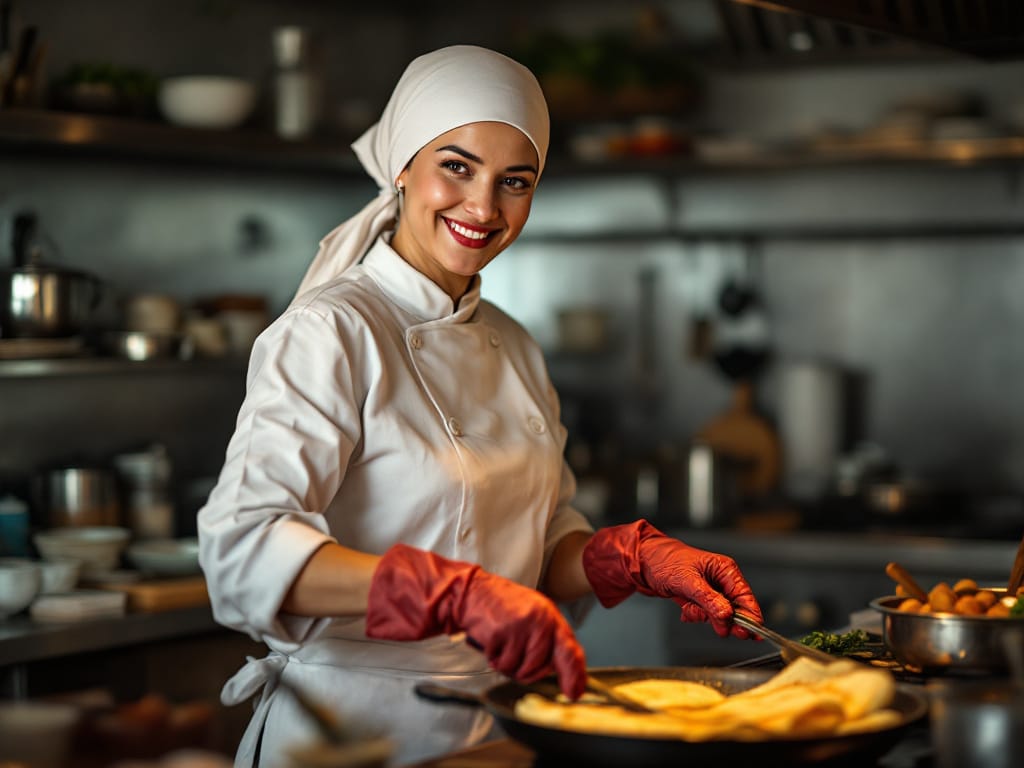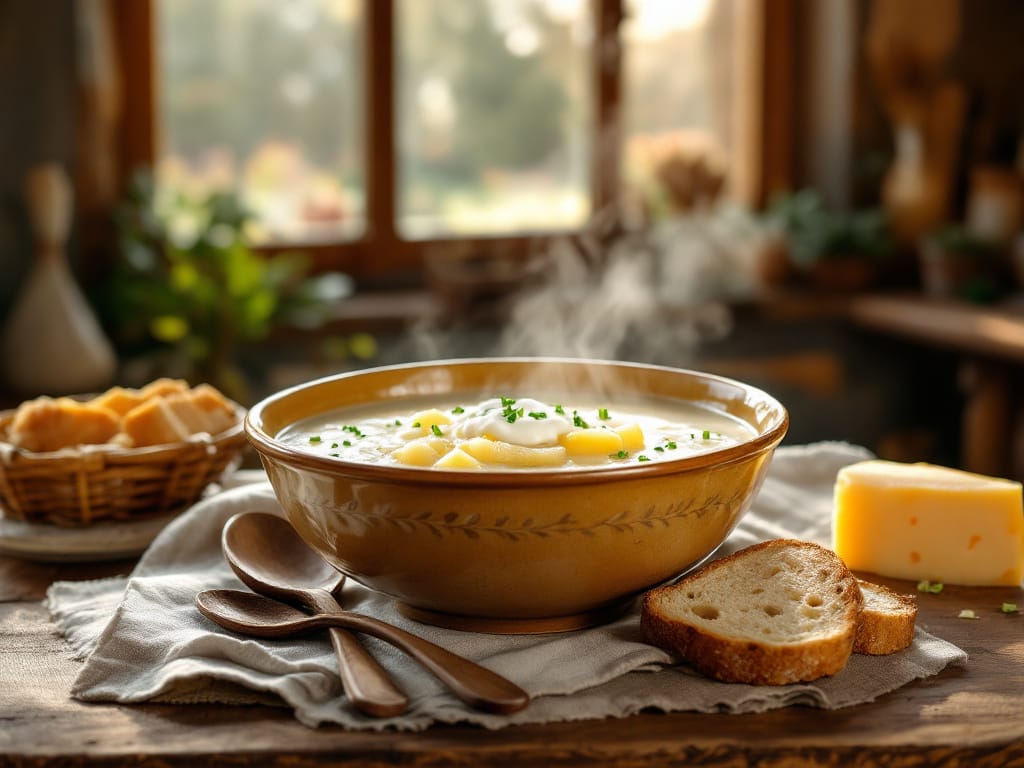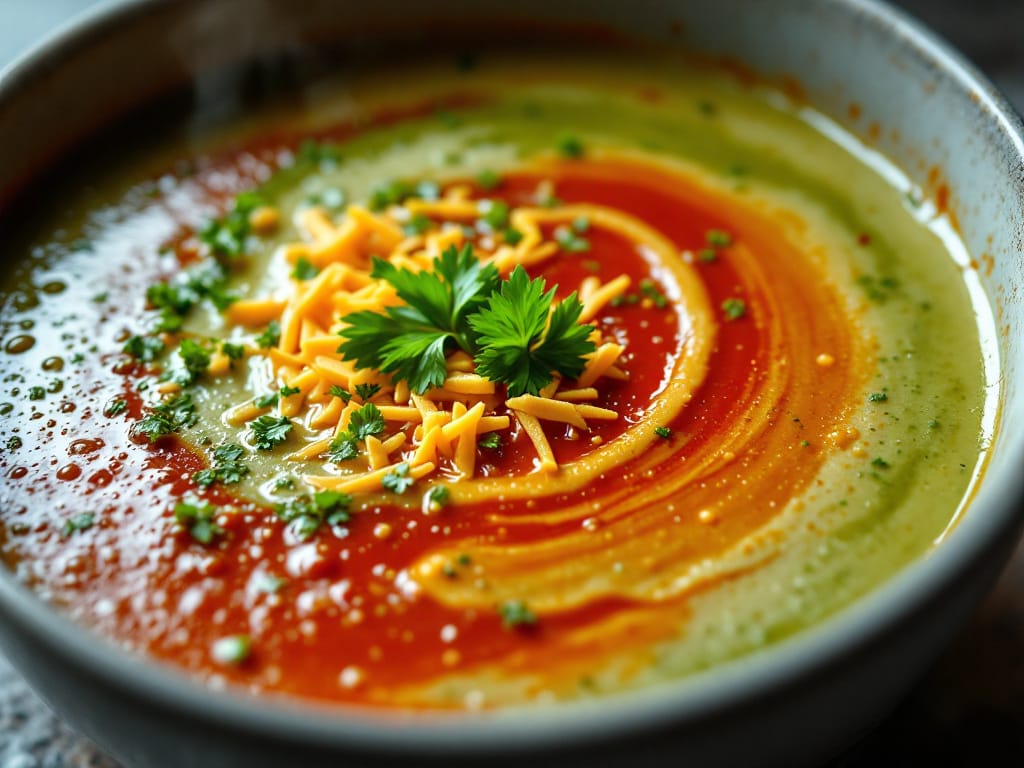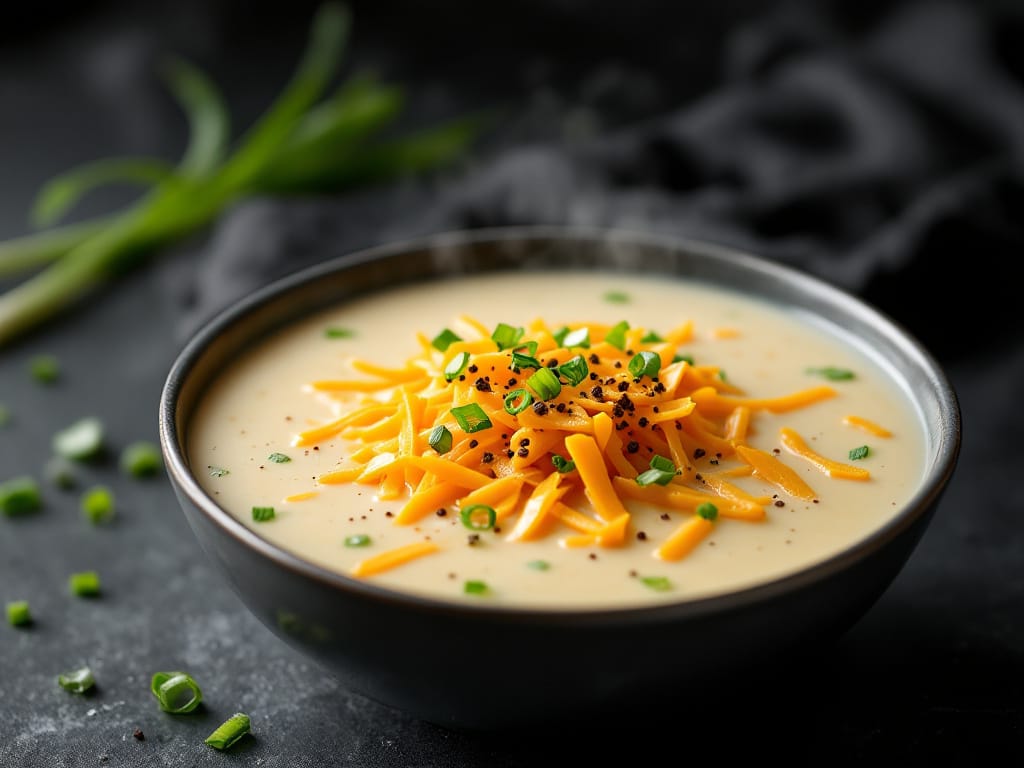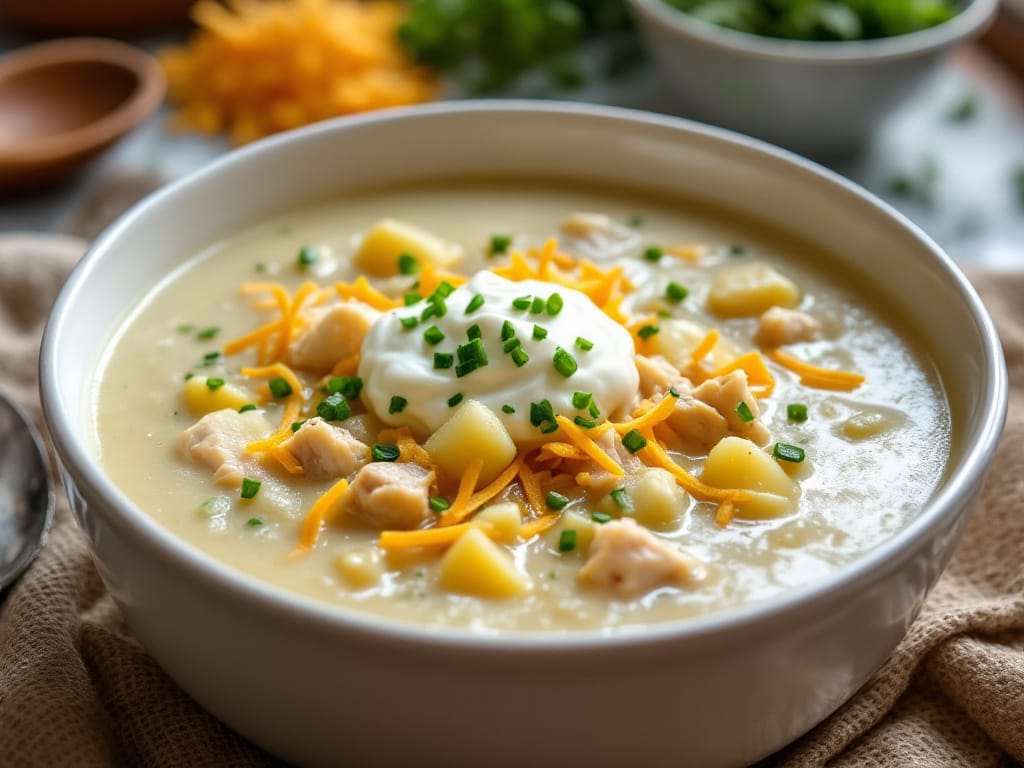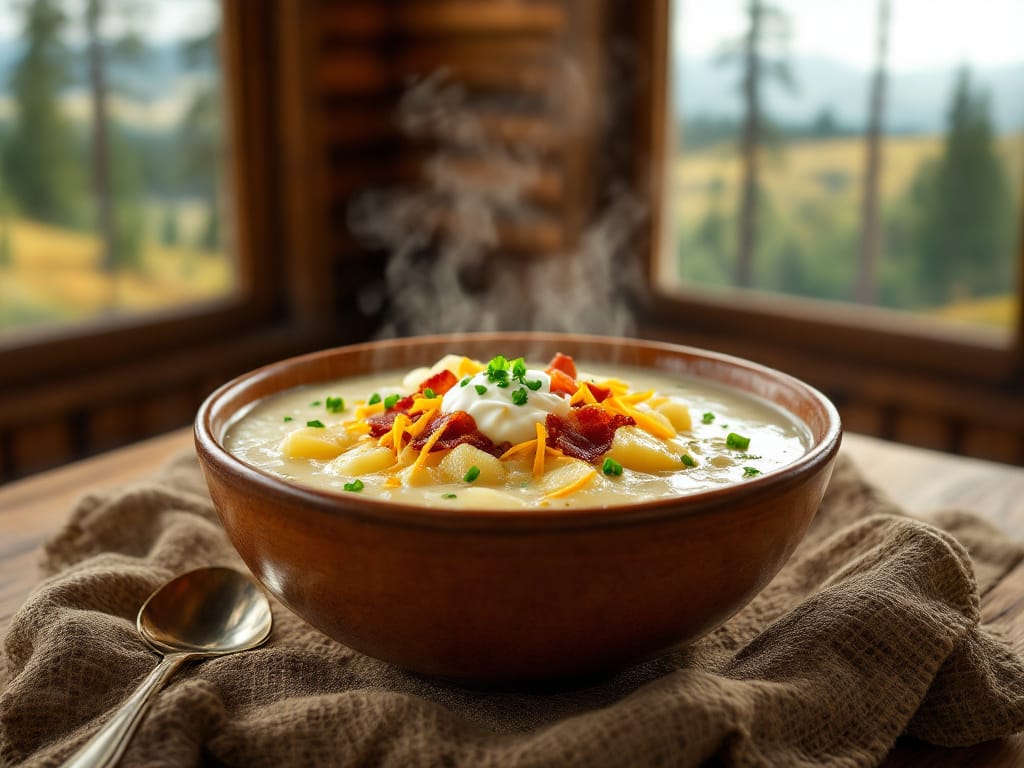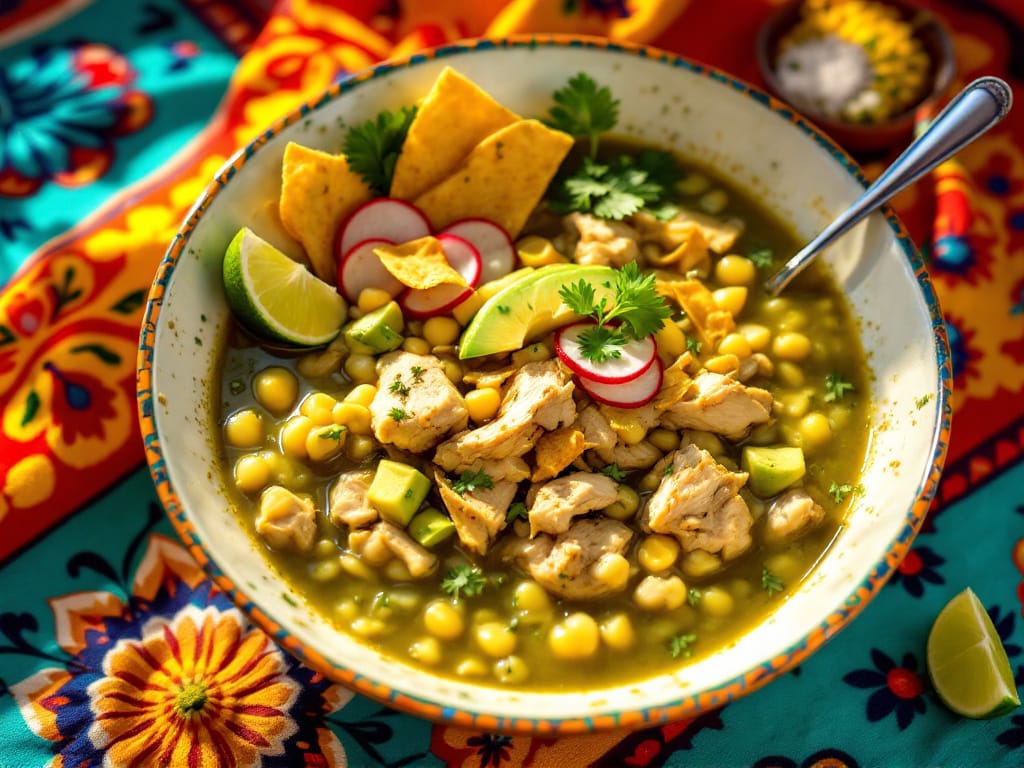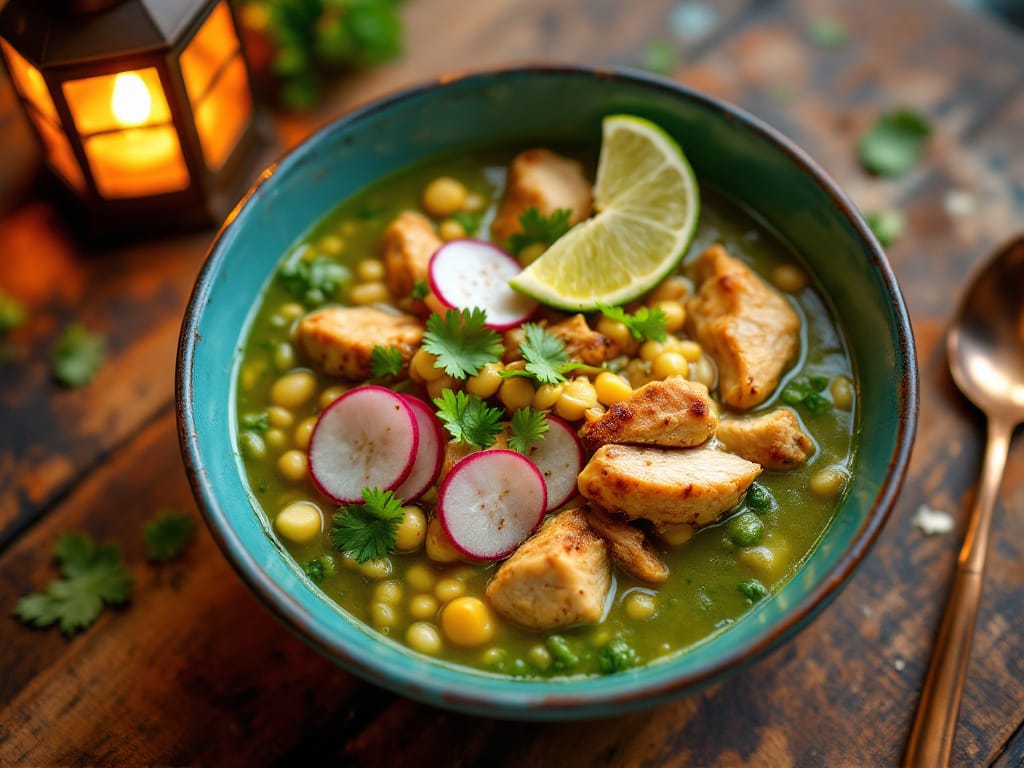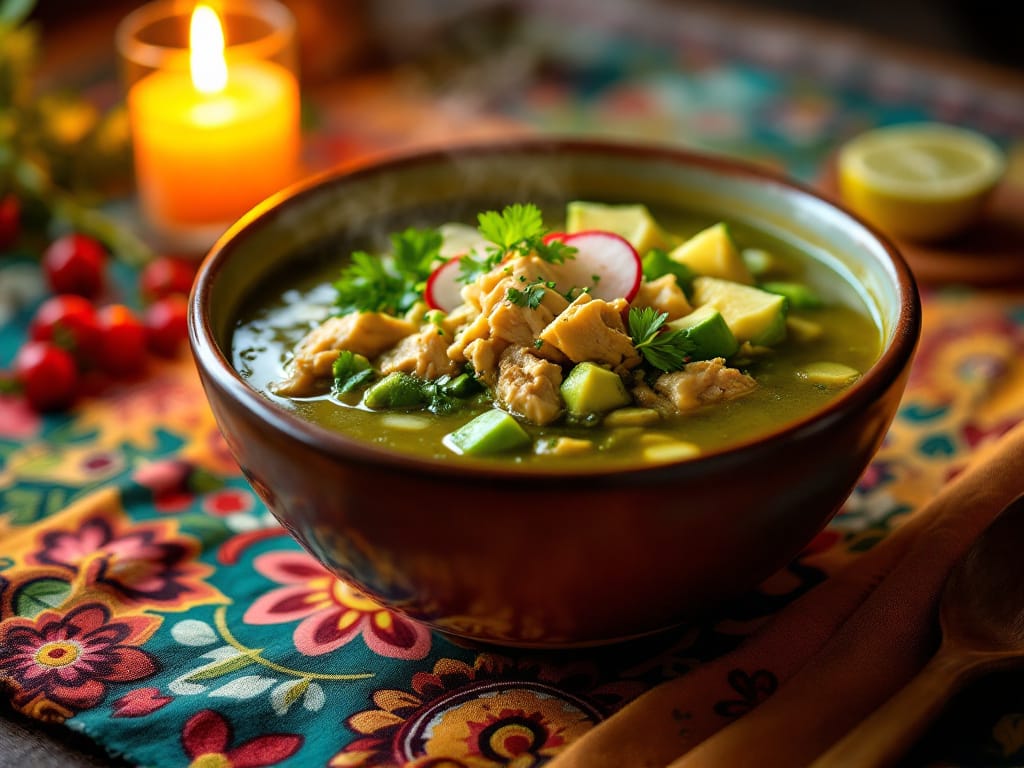Nothing says special occasion quite like an Easy Prime Rib Roast. This dish, revered for its juicy tenderness and flavorful crust, is the ultimate showstopper. Whether it’s a holiday dinner or a weekend indulgence, mastering the art of preparing this roast will elevate your culinary reputation. Let’s dive into the step-by-step process to make an unforgettable prime rib roast.
Understanding Prime Rib
The prime rib roast, often called a standing rib roast, is cut from the primal rib section of beef. This cut is celebrated for its marbling, which melts into the meat during cooking, ensuring both tenderness and rich flavor.
For more insights on grading and the quality of beef cuts, explore the Prime Rib Roast for expert recommendations.
Prime Rib vs. Ribeye
It’s common to confuse prime rib with ribeye. While both come from the same section, the prime rib is cooked whole as a roast, often with the bone intact, giving it a signature presentation and flavor. Ribeye, on the other hand, is sliced into steaks and cooked individually. Understanding these nuances ensures you select the perfect cut for your occasion.
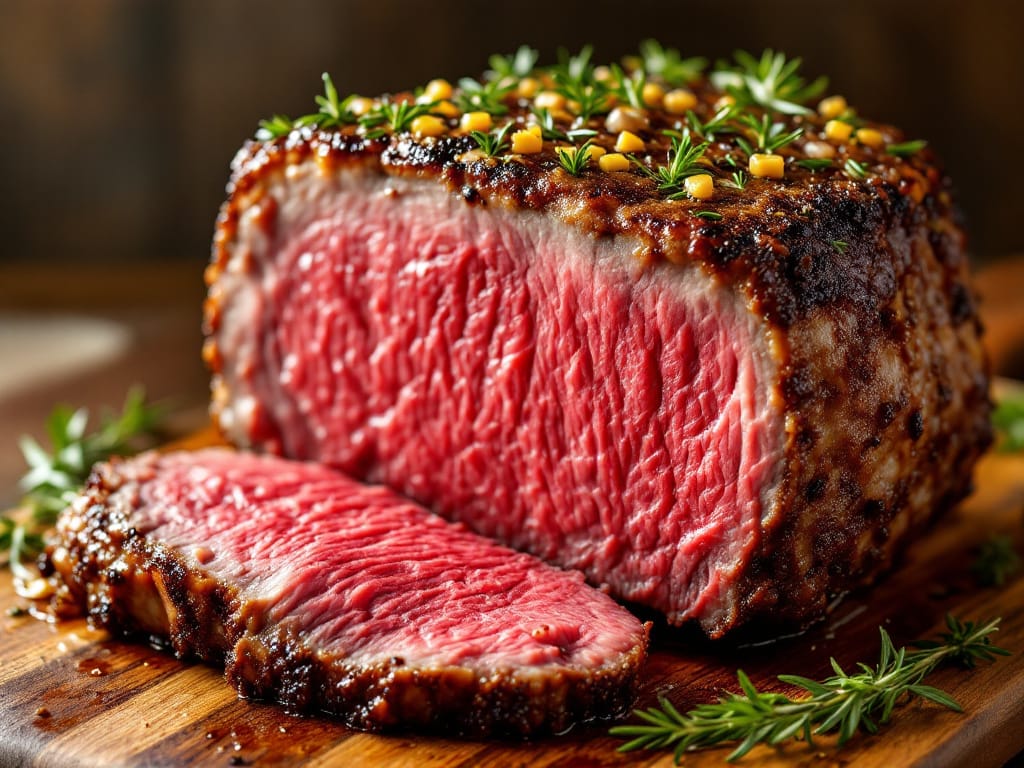
Selecting the Perfect Cut
When shopping for a prime rib, making the right choice is essential to achieve the best results. Here are some tips to guide your selection:
Bone-In vs. Boneless
- Bone-In:
Choosing a bone-in prime rib roast enhances both flavor and juiciness, as the bone acts as a natural insulator during cooking, keeping the meat tender and moist. - Boneless:
A boneless cut is easier to carve and can still deliver excellent results, but it might lack the depth of flavor that the bone provides.
USDA Grades
Understanding beef grades can help you select the ideal cut for your needs:
- Prime Grade: Offers the highest level of marbling, resulting in superior tenderness, juiciness, and flavor.
- Choice Grade: A slightly more affordable option that still provides excellent quality and flavor.
- Select Grade: Leaner but less tender, making it a less popular choice for a prime rib roast.
For more tips on selecting high-quality meat, check out Beef It’s What’s For Dinner.
Preparing the Roast
The preparation process lays the foundation for a flavorful and tender prime rib roast. Attention to detail at this stage ensures a perfectly cooked dish. Here’s what you need to know:
Bringing to Room Temperature
Before cooking, allow your prime rib roast to rest at room temperature for 1–2 hours. This step is crucial for even cooking, as it prevents the outer layers from overcooking while the center remains underdone. Skipping this step may result in uneven doneness.
Seasoning Options
The right seasoning can elevate your prime rib roast to extraordinary heights. Here are two popular approaches:
- Traditional Herb Rub:
Create a classic blend by combining garlic, rosemary, thyme, salt, and freshly ground pepper with olive oil. Massage this mixture generously over the roast, ensuring the flavors penetrate the meat. - Marinades:
For a deeper, more complex flavor, marinate the roast in a mixture of balsamic vinegar, soy sauce, minced garlic, and your choice of herbs. Allow the roast to soak for several hours before cooking to let the flavors infuse deeply.
Taking time to prepare your roast properly guarantees a flavorful result that will impress your guests.
Cooking Methods
The magic of an easy prime rib roast lies in the cooking technique. The method you choose will determine the texture, flavor, and overall success of your roast. Here are two popular approaches to achieve perfection:
Oven Roasting
This traditional method is straightforward and delivers consistent results:
- Preheat Your Oven: Set your oven to 450°F (232°C).
- Prepare the Roast: Place the roast in a roasting pan with the fat side up. This positioning helps the fat baste the meat as it cooks.
- High-Heat Sear: Roast at 450°F for 20 minutes to develop a flavorful crust.
- Lower the Heat: Reduce the oven temperature to 325°F (163°C) and continue cooking until the roast reaches your desired level of doneness (refer to the internal temperature guide below).
Reverse Sear Technique
For those seeking ultimate control over doneness and a perfect crust, the reverse sear method is an excellent option:
- Slow Cook: Place the roast in an oven preheated to 250°F (121°C). Cook until the internal temperature is about 10°F (5°C) below your target doneness.
- Rest: Allow the meat to rest for 20 minutes, letting the juices redistribute.
- High-Heat Sear: Finish the roast in a 500°F (260°C) oven or a hot skillet for a few minutes to create a beautifully browned crust.
Internal Temperature Guide
Utilize a meat thermometer to ensure your preferred level of doneness.
- Rare: 120-125°F (49-52°C)
- Medium Rare: 130-135°F (54-57°C)
- Medium: 140-145°F (60-63°C)
Both methods produce a delectable prime rib roast, so choose the one that best suits your style and occasion.
Determining Doneness
Achieving perfect doneness is the hallmark of a well-prepared prime rib roast. A meat thermometer is your most reliable tool to ensure accuracy. Insert it into the thickest part of the meat, avoiding bone, to measure the internal temperature. Use the following guidelines to achieve your desired level of doneness:
- Rare: 120-125°F (49-52°C)
The center will be cool and deep red, with a tender, juicy texture. - Medium Rare: 130-135°F (54-57°C)
A warm red center, considered the ideal doneness for prime rib roast by most chefs and enthusiasts. - Medium: 140-145°F (60-63°C)
A warm pink center with slightly less juiciness, perfect for those who prefer a little less redness.
Tips for Success
- Check Early and Often: Start checking the temperature well before your estimated cooking time ends to avoid overcooking.
- Allow for Carryover Cooking: The roast will continue to cook after it’s removed from the oven, so take it out 5°F (3°C) below your target temperature.
With these temperature guidelines, you’ll ensure your easy prime rib roast is cooked to perfection every time.
Resting and Carving
Resting your prime rib roast is a non-negotiable step that makes all the difference in the final result. Proper resting and carving techniques ensure that every slice is tender, juicy, and flavorful.
Resting the Roast
After removing the roast from the oven, let it rest for at least 20 minutes. This step allows the juices, which have been driven to the center of the meat during cooking, to redistribute evenly throughout the roast. Skipping this step can result in dry, unevenly cooked meat as the juices escape during carving.
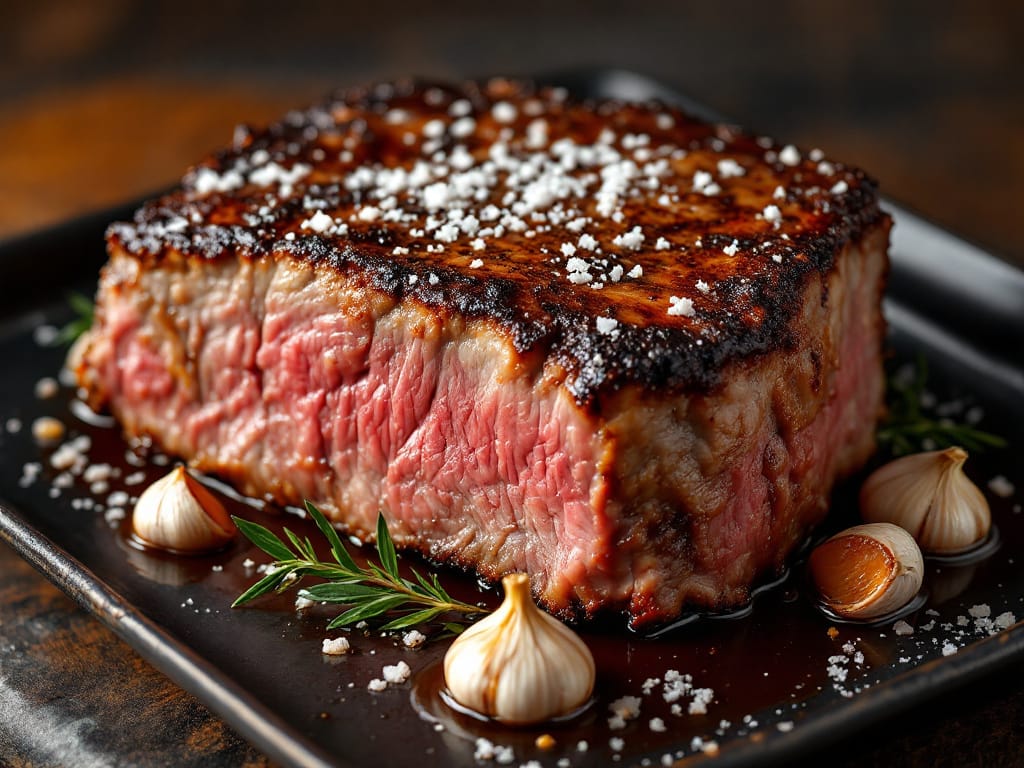
Why Resting Is Important:
- Enhances juiciness in every bite.
- Makes the meat easier to carve by stabilizing its texture.
Carving Techniques
Carving the prime rib roast correctly is just as important as cooking it. Follow these tips for the best results:
- Use the Right Tools: A sharp carving knife and a sturdy cutting board are essential for clean, precise slices.
- Slice Against the Grain: Cutting against the grain breaks up the muscle fibers, making each slice more tender.
- Aim for Uniform Thickness: Keep slices even to ensure a consistent eating experience for everyone.
With proper resting and carving, your prime rib roast will look as spectacular as it tastes, delighting your guests with every mouthwatering bite.
Serving Suggestions
An easy prime rib roast deserves equally exceptional accompaniments to round out the meal. Here are some classic side dishes and sauces that pair perfectly with the rich, savory flavors of your roast:
Classic Side Dishes
- Yorkshire Pudding: A light and airy bread-like side that soaks up the delicious juices from the roast, making it a traditional and indulgent pairing.
- Creamed Spinach: This rich, creamy side adds a hint of freshness while complementing the roast’s bold flavors.
- Garlic Mashed Potatoes: Smooth and buttery, these potatoes are the ultimate comfort food and an excellent base for the roast’s juices.
Complementary Sauces
- Au Jus: A savory, flavorful sauce made from the roast’s drippings, perfect for adding depth to every bite.
- Horseradish Cream Sauce: A tangy and slightly spicy sauce that cuts through the richness of the meat, adding a refreshing zing.
Pro Tip:
Serve your prime rib roast and sides on a beautifully arranged platter to make the presentation as impressive as the flavors.
By pairing your roast with these sides and sauces, you’ll create a meal that balances richness with a variety of textures and tastes, leaving your guests impressed and satisfied.
Storing and Using Leftovers
Properly storing and repurposing leftovers from your easy prime rib roast ensures you enjoy every bit of this delectable dish without waste. Here’s how to keep your leftovers fresh and make the most of them:
Storing Leftovers
- Short-Term Storage:
Place leftovers in an airtight container and store them in the fridge for up to three days. This keeps the meat fresh while maintaining its texture and flavor. - Long-Term Storage:
For extended storage, wrap individual portions tightly in plastic wrap, then add a layer of aluminum foil. Store these packages in the freezer for up to three months to retain their quality.
Using Leftovers Creatively
Leftover prime rib can be transformed into a variety of delicious dishes. Here are some ideas:
- Sandwiches with Horseradish Mayo:
Layer thin slices of prime rib on crusty bread with horseradish mayo, fresh arugula, and caramelized onions for a gourmet sandwich. - Stir-Fries with Fresh Vegetables:
Slice the roast into strips and toss it with sautéed vegetables and soy-based sauces for a quick and flavorful stir-fry. - Prime Rib Hash for Breakfast:
Dice the roast and combine it with potatoes, onions, and peppers. Sauté everything together, then top with a fried egg for a hearty breakfast.
By storing leftovers properly and using them creatively, you can extend the joy of your prime rib roast long after the main meal is over.
FAQs About Easy Prime Rib Roast
Here are some common questions about preparing, cooking, and serving an easy prime rib roast:
What is the best grade of meat for a prime rib roast?
Prime grade offers unparalleled marbling and exceptional tenderness, making it the best choice for a luxurious roast. However, Choice grade is a more affordable alternative that still provides excellent quality and flavor.
How long should I let the prime rib rest after cooking?
Allow the roast to rest for at least 20 minutes after cooking. This ensures the juices redistribute throughout the meat, resulting in tender, juicy slices.
Can I cook prime rib from frozen?
While it’s possible to cook a frozen prime rib, it’s not recommended. Thawing the roast beforehand ensures even cooking and better results.
How do I reheat leftover prime rib?
To reheat without drying out the meat, wrap the slices in foil and warm them in a 250°F (121°C) oven until heated through.
What’s the difference between prime rib and a standing rib roast?
They’re essentially the same cut. The term “standing rib roast” emphasizes that the roast is cooked with the bone intact, often enhancing flavor and presentation.
These FAQs provide quick and helpful answers, ensuring your prime rib roast experience is stress-free and successful.
Conclusion
Preparing an easy prime rib roast doesn’t have to be intimidating. With the right cut, proper preparation, and attention to detail during cooking, you can create a showstopping dish that’s tender, juicy, and full of flavor. From selecting the perfect grade of meat to mastering cooking techniques and pairing it with classic sides, every step contributes to an unforgettable meal.
Whether it’s for a holiday gathering or a special weekend dinner, the prime rib roast is sure to impress your guests and elevate your culinary skills. So, roll up your sleeves, follow this guide, and get ready to enjoy the ultimate roast experience. Bon appétit!


